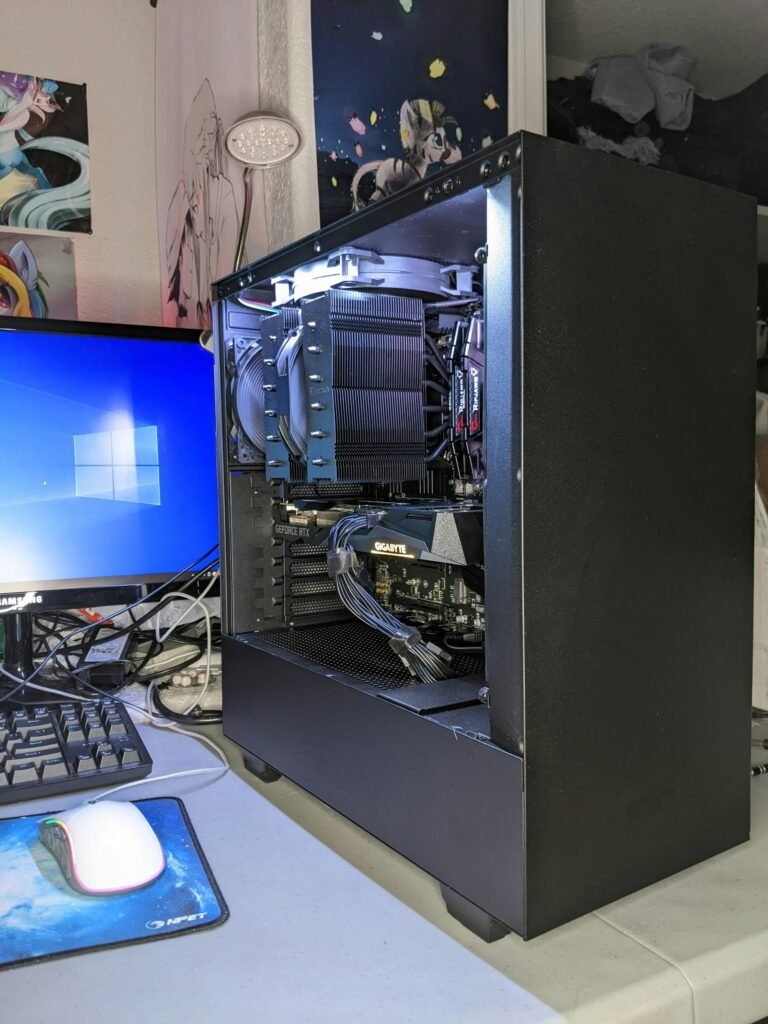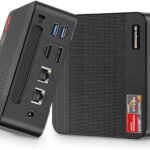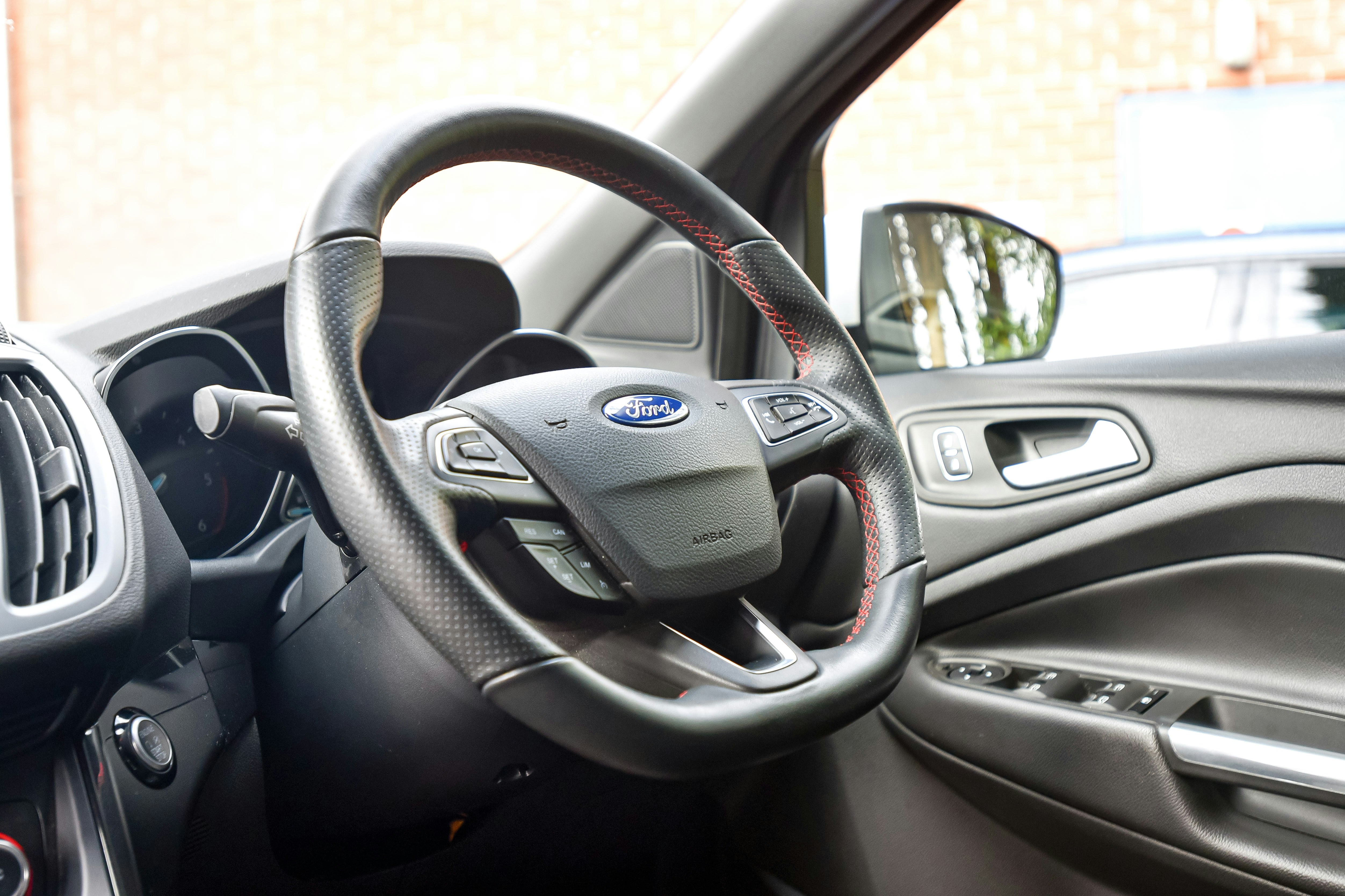Understanding Processor Options
When selecting a new PC, understanding the processor options available is vital for ensuring optimal performance and multitasking capabilities. In today’s digital landscape, the processor serves as the brain of the machine, playing a critical role in executing tasks efficiently. For most users, opting for a minimum of an Intel i7 processor or an AMD Ryzen 7 5825U is highly recommended. These processors are engineered to handle demanding workloads and deliver superior performance compared to entry-level options.
The Intel i7 offers impressive speed and multi-core capabilities that are essential for multitasking, allowing users to run various applications simultaneously without experiencing noticeable slowdowns. This is particularly important for individuals who engage in content creation, gaming, or data analysis, where resource-intensive programs are the norm. On the other hand, the AMD Ryzen 7 5825U is equally commendable, boasting a similar architecture designed for efficiency and high throughput. Users can expect enhanced performance in both single-threaded and multi-threaded tasks, making it a versatile choice for diverse computing needs.
Conversely, investing in lower-tier processors such as the N90, N95, or Intel i5 or less can significantly ruin your computing experience. These processors, while adequate for basic tasks, often lack the necessary core count and speed to efficiently support modern applications. As software becomes increasingly demanding, lower-tier processors may struggle, leading to frustration and decreased productivity. Therefore, it is advisable to focus on higher-end processors that are built for performance, ensuring your new PC can tackle present and future workloads with ease.
In conclusion, choosing the right processor is essential for maximizing the potential of your PC. Selecting at least an Intel i7 or AMD Ryzen 7 5825U will provide the performance and efficiency needed for demanding tasks while avoiding the pitfalls of lower-tier processors.
Memory Matters: Choosing the Right RAM
When it comes to selecting a new PC, one of the most critical components to consider is the random access memory (RAM). RAM plays a fundamental role in determining how efficiently your computer performs various tasks, particularly when multitasking or running demanding applications. In today’s fast-paced computing environment, where users frequently juggle several applications simultaneously, it is essential to ensure that your system is equipped with an adequate amount of memory. For most users, I would argue that 32GB of RAM should be considered the minimum standard.
The rationale behind this recommendation stems from the increasing resource demands placed on computers by modern software. Even Windows itself is demanding. Whether you are engaging in graphic design, video editing, or even high-end gaming, the need for substantial RAM becomes evident. Sufficient memory allows for smoother operation, quicker loading times, and the ability to run memory-intensive programs without encountering slowdowns or crashes. Furthermore, as software continues to evolve and require more resources, having 32GB of RAM provides a certain level of future-proofing for your system, ensuring that you can handle upcoming updates and applications without the need for an immediate upgrade.
In addition to enhancing overall performance, adequate RAM also positively impacts system stability. A computer with insufficient memory may resort to using virtual memory, which is significantly slower and can lead to frustration for users. By investing in 32GB of RAM, you not only bolster performance and efficiency but also create a more reliable computing environment that minimizes the risk of performance bottlenecks. Therefore, when purchasing your next PC, prioritize memory selection to support multitasking and adapt to future software advancements effectively.
Storage Solutions: SSD vs. HDD
When it comes to purchasing a new PC, one of the most crucial components to consider is the storage solution. The main types of storage options available are solid-state drives (SSDs) and hard disk drives (HDDs). Although HDDs have been the traditional choice due to their larger storage capacities at a lower cost, SSDs are increasingly recommended for their numerous advantages. It may be hard now to even find a HHD, which is even better for you. You don’t want one. In this discussion, I will highlight why opting for an SSD, particularly one that offers at least one terabyte of storage, is a wise decision for any PC user.
Firstly, SSDs are significantly faster than their HDD counterparts. The rapid data access speeds of SSDs lead to much faster boot times, which allows users to start their computers and access programs within seconds. This speed can greatly enhance productivity for both casual users and professionals alike. Furthermore, quick file transfers enable users to move large files across various applications and storage devices with ease, minimizing downtime and increasing efficiency.
Another notable benefit of SSDs is their reliability. Unlike HDDs, which use spinning disks to read and write data, SSDs have no moving parts. This feature reduces the chances of mechanical failure, making SSDs more durable and long-lasting. For users who frequently transport their laptops or PCs, this durability can provide additional peace of mind regarding data integrity.
Moreover, the overall system responsiveness of a computer equipped with an SSD is remarkably improved. Programs load almost instantaneously, and multitasking becomes seamless, allowing users to run multiple applications without experiencing lag. This level of performance is particularly important for gaming enthusiasts, graphic designers, and anyone who relies on resource-intensive software.
In summary, when selecting a storage solution for your next PC, choosing an SSD—especially one with ample storage capacity—offers significant advantages over traditional HDDs. From faster boot times and quick file transfers to improved reliability and system responsiveness, an SSD is a worthwhile investment that can greatly enhance your computing experience.
Graphics Processing Choices
When considering the purchase of a new PC, one of the most crucial components to evaluate is the Graphics Processing Unit (GPU). The GPU is essential for rendering images, video, and animations, making it particularly important for users involved in gaming, graphic design, or video editing. Different tasks demand varying levels of graphical performance, which directly influences the choice of GPU.
For gamers, the GPU plays a vital role in delivering high-quality graphics and smooth gameplay. Gamers should consider models that offer the latest technology, such as Nvidia’s RTX series or AMD’s RX series, which provide support for ray tracing and higher frame rates. For those in creative fields, the GPU should support the software tools used for graphic design, 3D modeling, or video editing. Ideal options for graphic designers often include models that offer greater memory bandwidth and performance stability, facilitating complex rendering tasks.
If the user’s primary computer tasks involve standard activities like web browsing, office applications, or streaming, an integrated GPU could be sufficient. Integrated graphics are found in most CPUs and can handle common tasks without requiring a dedicated graphics card, thus optimizing budget and power consumption. However, investing in a dedicated GPU enhances the overall experience and provides future-proofing against more demanding applications.
When choosing the right graphics processor, consider key factors such as performance benchmarks, compatibility with the intended applications, and budget constraints. Leading brands, including Nvidia, AMD, and Intel, each offer various models tailored to different user needs. Researching specifications like VRAM, clock speed, and thermal design power (TDP) can further guide you toward a sound decision. Evaluating your expected use cases will ultimately help in selecting a GPU that meets your performance expectations without straining your wallet.
To Sum It Up
My recommended options for any new PC for basic use is nothing less than an Intel i7 processor, at least 32Gb of ram memory and at least 1 terabyte or higher SSD (Solid State Drive). It would be a good idea to have a GPU (Graphics Processor) also but not needed for most general use. If you are planning on gaming or heavy video editing, make sure you new PC has a GPU.
That’s about all there is to look for when buying a new PC for yourself or someon else. I’ve buy and have bought a lot of PCs for work and the specs I mentioned above have always did us well.



